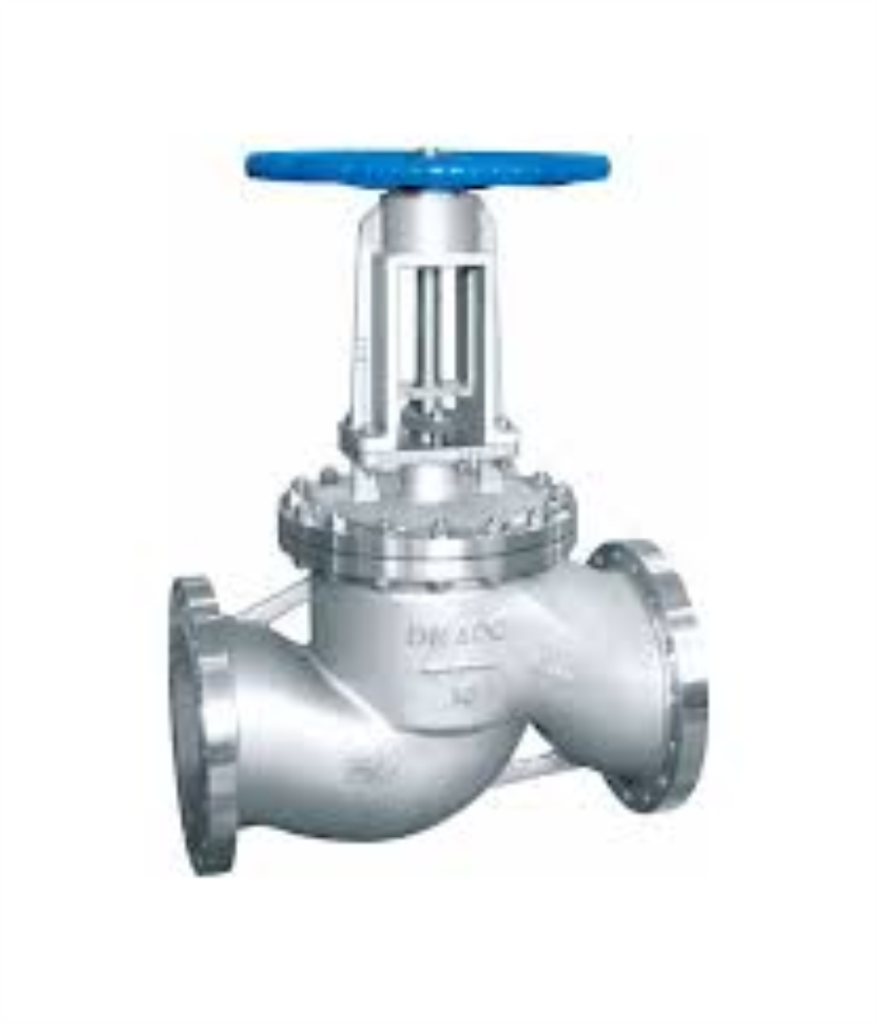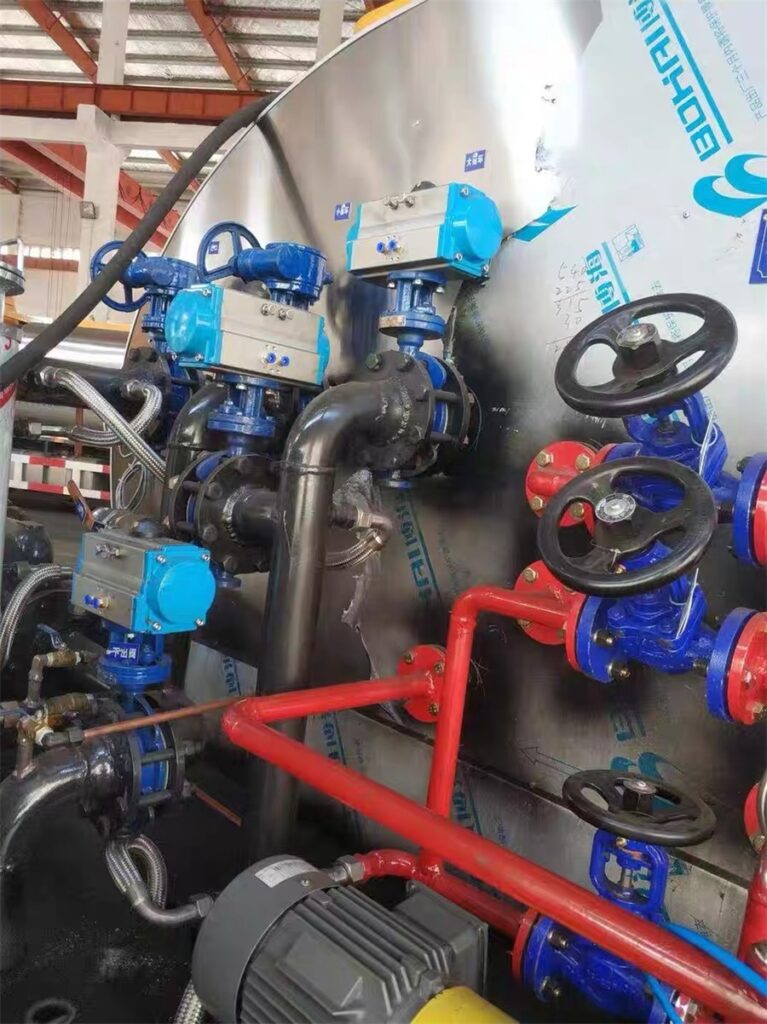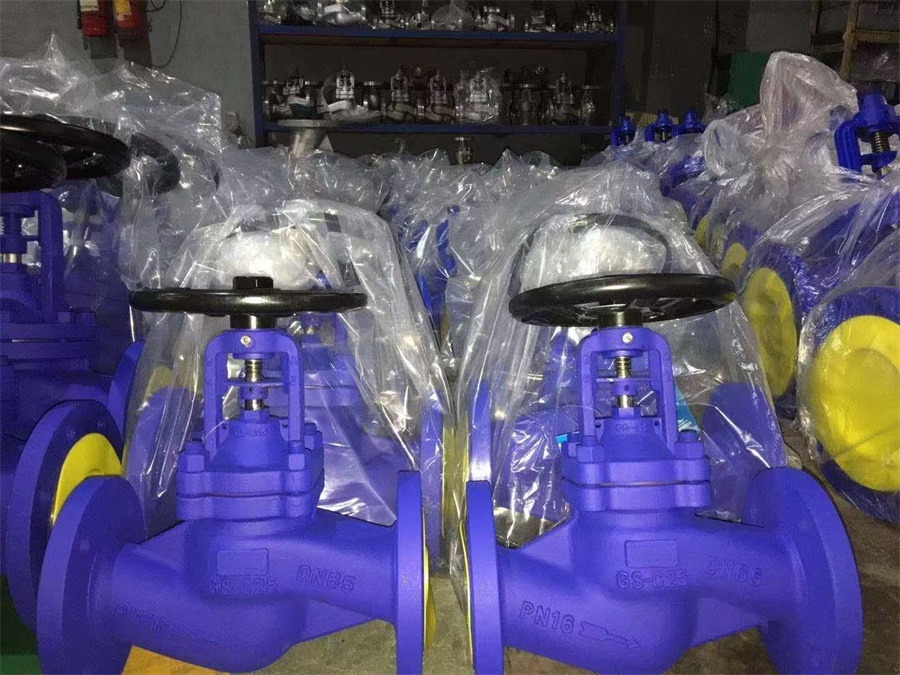An Insight into globe Valves: Essential Regulators of Fluid Flow
Globe valves, or shut-off valves, stand as cornerstone components in any fluid handling system, meticulously controlling the passage of liquids, gases, and slurries. Their primary function is to isolate sections of a pipeline, enabling maintenance, repairs, or emergency shutdowns without disrupting the entire flow network. This article delves into the intricacies of globe valves, exploring their mechanics, significance, and ubiquitous applications.

At the heart of globe valves lies their ability to regulate flow with precision. When fully open, they facilitate the seamless transportation of fluids, offering minimal resistance to the flow. Conversely, when closed, they create an impenetrable seal, effectively halting the flow of media, thus safeguarding against leaks and pressure surges. This dual functionality makes globe valves indispensable in a multitude of industrial settings.

Mechanically, globe valves employ various designs to achieve their purpose. Gate valves, for instance, utilize a wedge-shaped gate that slides vertically within the valve body, providing a reliable seal when closed. Globe valves, on the other hand, incorporate a spherical or conical disc that moves perpendicularly to the flow path, allowing for precise flow control through throttling. Ball valves and butterfly valves,with their quick-acting mechanisms, offer a more streamlined approach, rotating a perforated ball or disc to regulate flow, respectively.

The versatility of globe valves extends to their broad range of applications. In the oil and gas industry, they are vital for isolating pipeline sections during maintenance, minimizing downtime and ensuring safety. Water treatment plants rely on globe valves to maintain continuous water supply by facilitating repairs on pumps and filters.
Moreover, their role in fire protection systems is paramount, enabling rapid shut-off in case of emergencies.

Beyond their functional importance, globe valves also contribute to energy efficiency and cost savings. By minimizing pressure drops and ensuring smooth flow when open, they help maintain optimal operating conditions, reducing wear and tear on equipment. In turn, this prolongs the lifespan of pumps, compressors, and other fluid-handling machinery, translating into lower maintenance costs and improved overall system performance.


In conclusion, globe valves are intricate regulators of fluid flow, playing a pivotal role in ensuring the safe, efficient, and reliable operation of various industrial processes. Their diverse designs, coupled with their ubiquitous applications,underscore their significance as indispensable components in modern fluid handling systems.
